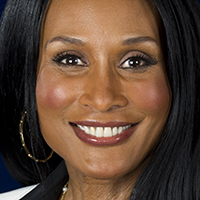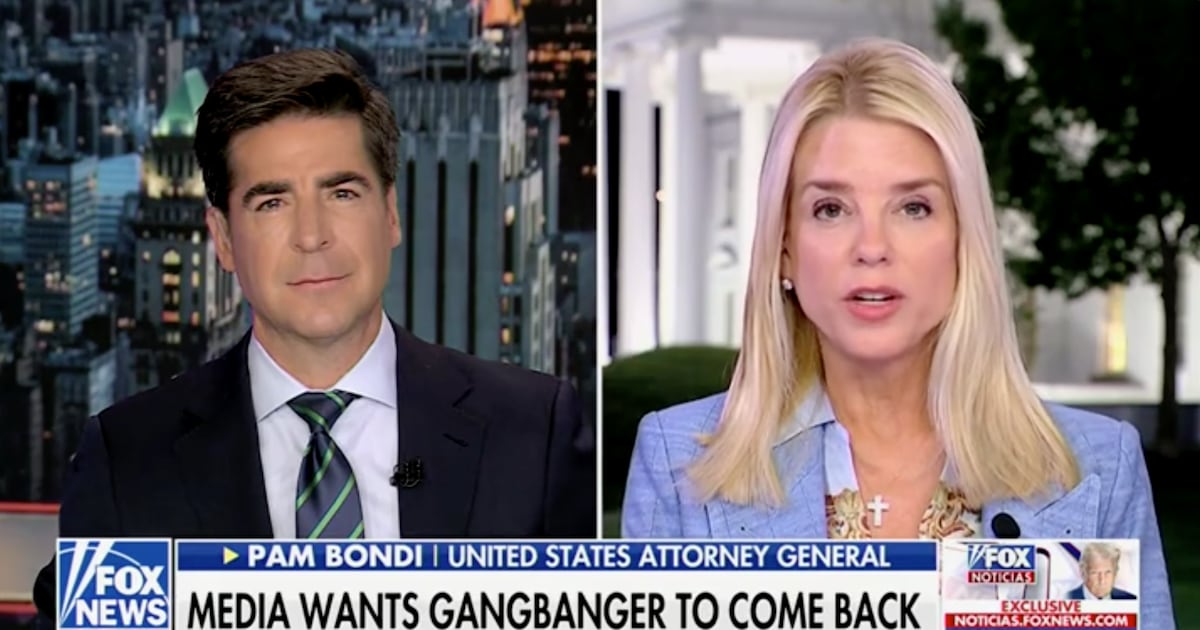I didn’t attend Fashion Week in New York this season. And by all accounts, I certainly made the right decision. A disturbing trend that began on the runway a few years back is continuing—a trend of exclusion that is glaringly insulting and simply unacceptable to me.

I’ll never forget Fashion Week in 2010, when a major designer (whom I won’t name) invited me to his fall fashion collection. He messengered over a personal design for me to wear to the show, along with a note complimenting me for all my pioneering work in the industry.
In 1974, I became the first African-American model to appear on the cover of Vogue magazine. I continued to break down racial barriers by becoming the first black model to appear on an international cover of Elle magazine. More major fashion publications followed.
Appreciative of his comments and consideration, I accepted the designer’s invite and proudly took my front-row seat among other celebrities and fashion-industry notables. I sat there as endless numbers of gorgeous garments sashayed down the runway, draped over endless numbers of gorgeous bodies. I loved the detail and the glamour of it all, but as the show neared its end, I realized one unsettling omission: not one black model had strolled down the catwalk. By the time every girl came back onstage—marking the close of the show—my mouth was completely agape. Had this fashion designer actually complimented me on my role in changing the color of fashion and then invited me to a show with absolutely no black models in it at all? He most certainly had, and he clearly saw no problem with it. As reporters approached me after the show to ask my view of the designs, I waved them away, as I’d forgotten every outfit that crossed my sight that afternoon. Now all I could see was red. And it wasn’t a stunning red dress.

Three years later I’m still seeing red, as more and more designers appear content with only showcasing women of European descent wearing their clothes. They also seem quite content with letting us people of color know that they could care less how we feel about it.
Just this week, model Naomi Campbell and former models Iman and Bethann Hardison went on Good Morning America to express their concerns about the blatant disregard for diversity shown by major design houses in the current fall fashion shows for 2013. They named notable brands such as Donna Karan and Calvin Klein as examples of designers guilty of ignoring the American landscape, which includes beauty of all hues and tones.
My heart sank as I read those names. At the same time, my mind wandered back to 1974 and to a wonderful man named Roy “Halston’’ Frowick. He was the first designer to give me an opportunity to walk the catwalk in his signature halter-neck dresses and chic wide-legged jersey trousers. Halston was the biggest name in fashion during the 1970s and the first major celebrity designer to be born on American soil. He dressed the likes of Elizabeth Taylor, Jackie Kennedy, Lauren Bacall, and Liza Minnelli, to name a few. At a time when print models rarely walked the catwalk, Halston opened the door for me to join the likes of Naomi Sims and Pat Cleveland, two of the first black models to enjoy mainstream success on the catwalk and in haute couture as a whole. Halston, a white man from Iowa, gave three black women a chance like no other and continued to use each of us in all of his shows as long as his business thrived. Forty years later, I want to know: where have all the Halstons gone?
It’s no secret that the ‘70s and ‘80s were a heyday for black models on the runway, and in between the pages of glossy magazines as well. The ‘90s ushered in an era of models with little to no body fat, as well as the demand for celebrity faces as must-haves on major magazine covers. Both events set the stage for fewer and fewer women of color to get a shot at true stardom in the world of haute couture.
After attending that show in 2010, I began to ask those in the know in the fashion world why and when it had become so acceptable to ignore large segments of the buying population. I was told it was just a trend and eventually it would swing back. I then wanted to ask: has there ever been a trend of runway shows without white models in them? Don’t think so. And what if there were a trend of women of color refusing to buy the products of those designers? In this mass-market age, more and more high-end designers produce many items for purchase, not just expensive couture clothing that few can afford. The fashion industry would be indeed foolish to ignore just how much spending power women of color wield in this country.
It’s hard to imagine that this year marked the 50th anniversary of the March on Washington or that next year will mark the 40th anniversary of Vogue magazine selecting a black woman for its cover for the first time.
It’s even more difficult to imagine that in 2013, we are still forced to fight the same fight for inclusion in the midst of celebrating such historical milestones.





